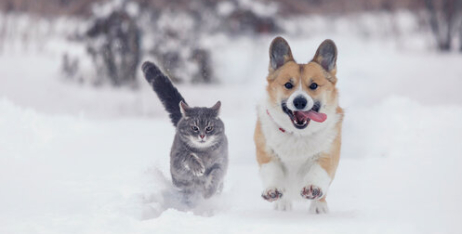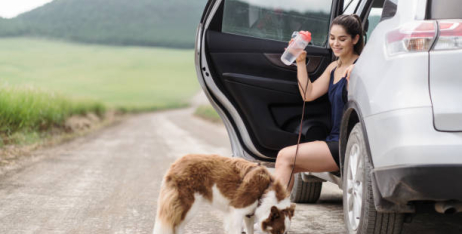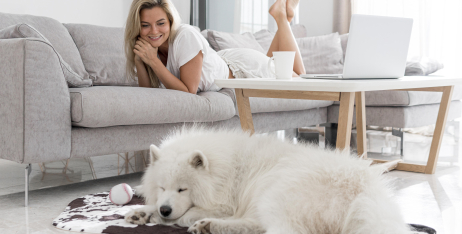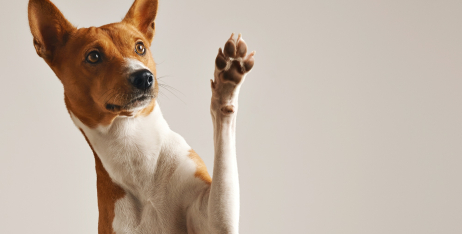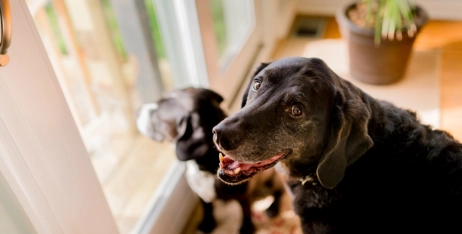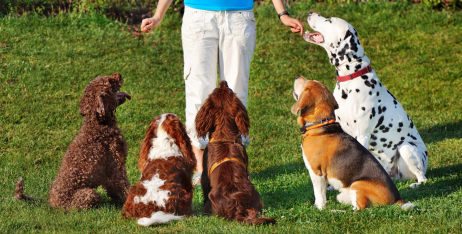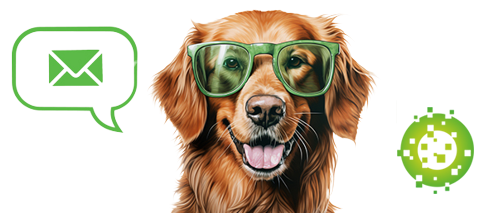Dog Hair Loss: Causes, Prevention, and Treatment
Experts from the Tauro Pro Line brand explain that alopecia is characterized by excessive hair loss, which can sometimes be mistaken for seasonal shedding. However, if hair loss persists for more than three weeks, it is essential to investigate the underlying cause. “Although alopecia is not life-threatening, it can cause discomfort and itching,” they note, while also discussing the primary causes of alopecia and ways to manage its symptoms.
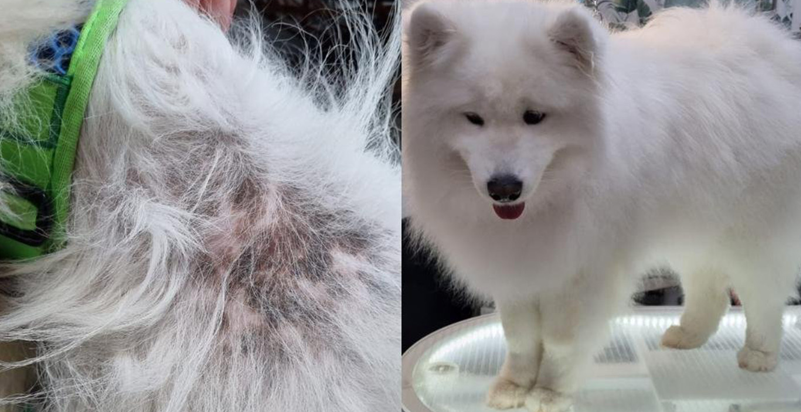
Causes of Alopecia
According to Tauro Pro Line specialists, alopecia can have multiple causes. “For example, around 2% of all cases are genetic. Certain breeds, such as Chinese Cresteds, Chihuahuas, and Greyhounds, are more prone to this condition,” they explain.
Other potential causes of hair loss include:
- Hormonal or immune system disorders
- Food allergies, flea bites, or other allergens
- Bacterial and fungal infections
- Parasitic infestations
If excessive hair loss occurs, consulting a veterinarian is crucial. Experts also highlight that, much like humans, dogs can lose hair due to stress, such as moving to a new home or experiencing changes in their daily routine.
Additionally, improper grooming can contribute to alopecia. “Sometimes, pet owners unknowingly cause hair loss by neglecting proper coat care. For example, irregular bathing can lead to a buildup of dead hair, which clogs follicles, halts new hair growth, and ultimately results in hair loss,” the Tauro Pro Line specialists point out.
They emphasize that daily skin and coat care make up 20% of a pet’s overall health, while the remaining 80% depends on nutrition.
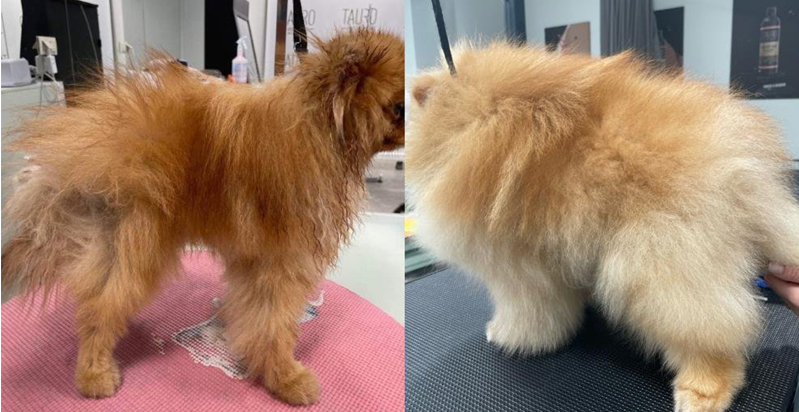
How to Prevent Hair Loss
While complete prevention is not always possible, pet owners can take steps to reduce the risk of hair loss:
- Regular brushing – Frequent grooming, especially during seasonal shedding, helps remove dead hair and prevent matting, which can contribute to alopecia.
- Proper nutrition – Maintaining a balanced diet is essential. Experts recommend following these proportions:
- 80% dry food
- 10-12% canned food
- 3-5% treats
- 1-3% supplements
Parasite prevention – Regular vet check-ups and parasite control measures can help prevent fleas and ticks, which can lead to excessive hair loss. “A veterinarian can recommend the right preventive treatments and detect health issues before they become chronic,” they add.
Recognizing the Early Signs of Alopecia
Alopecia can develop gradually or suddenly. If your pet has not yet experienced visible hair loss, look out for early warning signs, such as:
- Redness or inflammation of the skin
- Frequent scratching
- Scabs, crusts, thickened skin, or changes in pigmentation
If any of these symptoms appear, it’s best to consult a veterinarian as soon as possible.
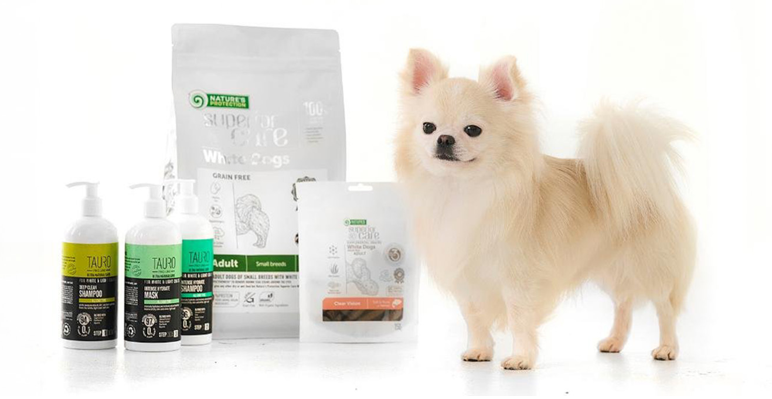
Managing Symptoms at Home
Treatment for alopecia varies depending on the cause. “If hair loss is linked to hormonal imbalances, immune system disorders, infections, or parasites, a veterinarian may prescribe appropriate treatment. In cases of allergic reactions, identifying and removing the allergen is crucial,” specialists explain.
While only a vet can prescribe medical treatment, some symptoms—such as itching, dry skin, or flaking can be managed at home using natural fur and skin care products.
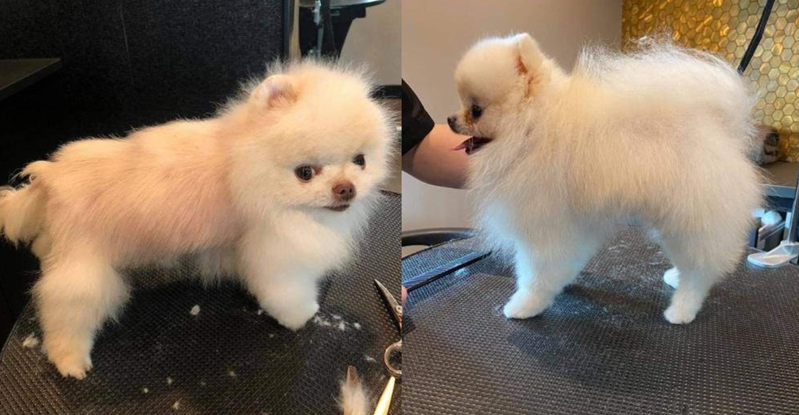
DIY Fur Growth Stimulation Treatment
Experts recommend a skin and coat care routine that includes:
1. Brushing the fur thoroughly – This stimulates blood circulation in the skin and hair follicles.
2. Applying a homemade growth-stimulating spray:
- Mix 30 ml of warm water with 30 ml of Tauro Pro Line Pure Mist alkaline water.
- Add 30 drops of Tauro Pro Line Elixir No. 4.
- Shake until fully blended.
- Pour the mixture into a spray bottle and apply it to the hair roots and skin, gently massaging it in.
3. Wrapping the pet – Cover your dog’s body (leaving the head uncovered) with cling film, then wrap it in a warm towel. Leave it on for 20 minutes before bathing your pet using the Tauro Pro Line 3-Step Bathing System.
Results typically become noticeable after eight weeks of consistent use.
By following these steps and ensuring proper care, pet owners can help reduce hair loss and promote healthy coat growth in their dogs.

